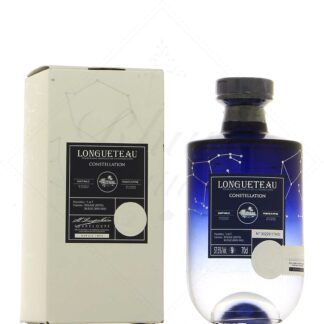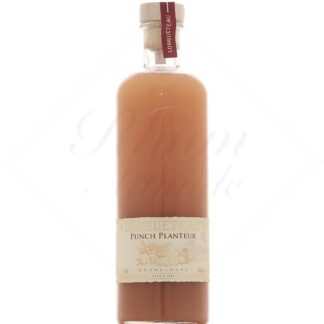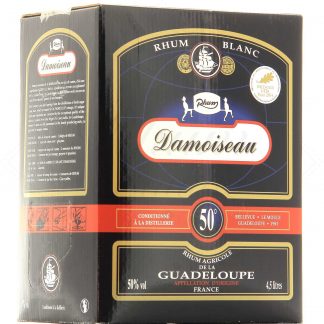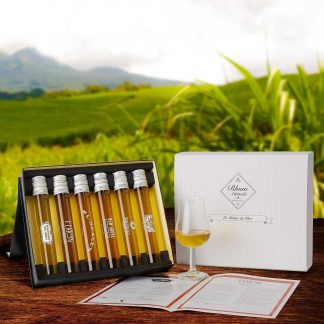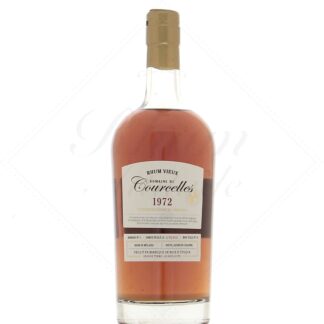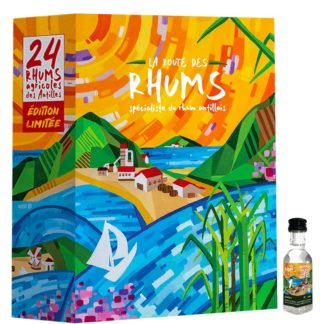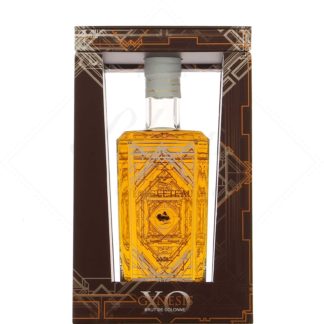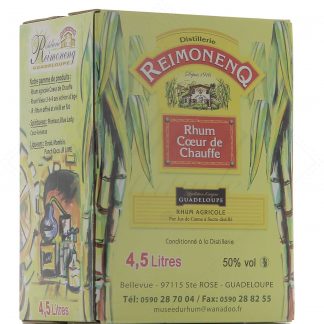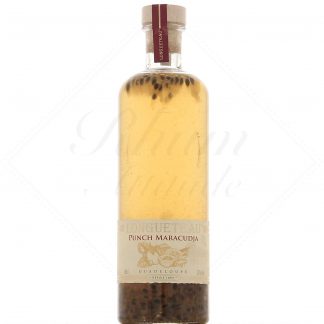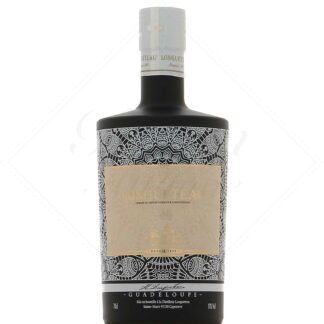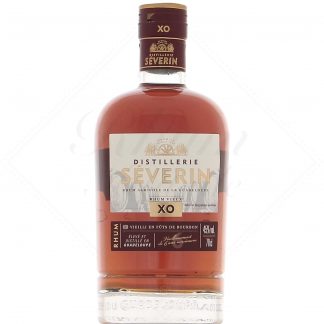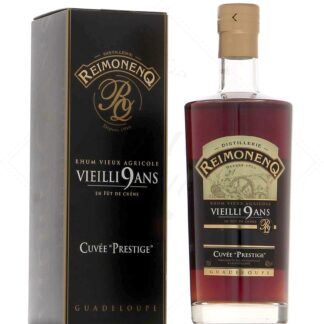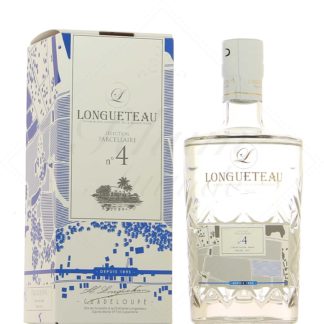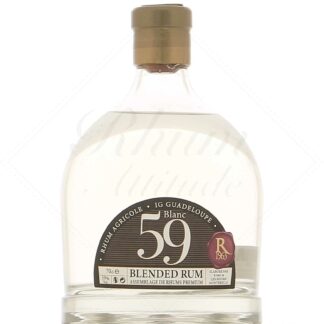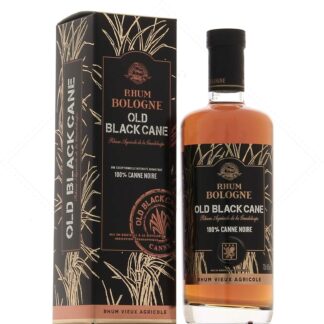Guadeloupe
The history of rum in Guadeloupe
Guadeloupe wasn't always called that. Its first inhabitants, the Caribbean Indians, named it Karukera, meaning "the island of beautiful waters". It was Christopher Columbus who renamed it Santa Maria de Guadaloupe when he discovered it on his second voyage in 1493.
It was therefore originally a Spanish island, which remained unoccupied and even unexplored for a century, as settlers were more interested in gold deposits.
In 1626, Richelieu decided to colonize the Lesser Antilles, attacking Martinique and Guadeloupe. The extermination of the Caribbean Indians began as early as 1635 and was quickly completed. The kingdom of France then set about turning Guadeloupe into a sugar island by sending in cohorts of slaves. However, plantation techniques eluded the French colonists. They had to wait for the arrival of the Dutch, expelled from Brazil, to perfect their techniques and cover the island with sugar cane by the end of the 17th century.
The beginnings of rum
We know that cane brandy, or guildive, was produced fairly quickly. A document prohibiting its use by slaves exists, following a bloody revolt in 1656. The first document to mention rum itself was written by Father Du Tertre in 1667.
Sugar cane plantations were mainly located on Grande Terre, whose relatively flat terrain was more suited to agriculture. But the island was relatively devoid of watercourses that could be used to turn mills. This led to the construction of numerous windmills, which can still be seen today.
In the mid-18th century, Guadeloupe was colonized by the English, who began exporting molasses. The island remained a small-scale sugar producer in the face of its neighboring giant, Santo Domingo. At the turn of the 19th century, the French Revolution abolished slavery, before Napoleon quickly reintroduced it, causing major disruption to production. Rum recovered during the 19th century, although the protectionism of old-world spirits prevented it from progressing.
A path strewn with pitfalls
At the end of the 19th century, Guadeloupe produced and sold 5 times less rum than Martinique. Rum from the neighboring island had a much better reputation and sold at a higher price, so sugar factories preferred to sell their molasses there. The eruption of Mount Pelée reversed the trend for a time, but Martinique soon recovered, producing twice as much rum as Guadeloupe just 10 years after the cataclysm.
Fate was unkind, as a cyclone destroyed a large part of the plantations in 1928. High rum prices led to a drop in sales in mainland France. More modern fermentation and distillation techniques were introduced to regain some yield, but quality dropped substantially. World War II cut the West Indies off from mainland France, and distilleries were left with large stocks on their hands. Many were also forced to close due to maintenance problems, as spare parts were unobtainable.
Guadeloupe rums today
In 1939, there were 55 distilleries. By 1954, there were 37, and only 9 in the early 1970s. The development of the sugar and rum industry was similar to that in Martinique, albeit with a time lag. Whereas in the 60s and 70s, the number of sugar factories dropped considerably in Martinique, it remained stable in Guadeloupe.
But industrial concentration also gained ground in the 1980s, helped by Hurricane Hugo in 1989 and the droughts of 1991 and 1992. As a result, today only the Gardel sugar mill operates in Guadeloupe. Molasses production remains high, but much lower than in the past, and since the 90s, more and more agricultural rum has been distilled from 11,000 hectares of sugar cane. There are now 7 smoking distilleries (6 agricultural and 1 molasses).
Guadeloupe's distilleries
Bellevue / Damoiseau
The Bellevue distillery was founded in 1914, producing only molasses rums. In 1942, Roger Damoiseau, Hervé's grandfather, took over the distillery, making it the leading producer of rhum agricole in the French West Indies.
Fermentation of the pure cane juice lasts between 24 and 36 hours, after which the vesou passes through 2 modern distillation columns to come out at 80-88% alcohol.
Damoiseau has the largest stock of aged rums in Guadeloupe. This enables it to offer, in addition to its classic white rum, VSOP, XO and vintage rums, as well as special editions such as the cuvée Subprime.
Bologna
He's the leader on the lowlands, even if Damoiseau is in the lead if you consider Guadeloupe as a whole.
Originally a sugar mill founded in 1664, it was transformed into a distillery in the 18th century.
This distillery uses its own variety of cane. It is a low-yielding species with high aromatic potential, covering 60% of its needs.
The vesou is fermented for 48 hours using yeasts selected from the sugar cane. Distillation takes place on an old Savalle column and 2 more modern columns. Between 75 and 80% of the rum is distilled, before being reduced with spring water from La Soufrière.
The famous Maillot Jaune is a must-have, and Black Cane is a very interesting single-varietal. The practice of aging is recent, but Bologna has distinguished itself with remarkable old rums, such as VSOP and XO.
Montebello
Founded in 1930, this is a relatively young distillery. It has been owned by the Marsolle family since 1968. It does not grow its own sugar cane, but sources it from local growers. Green cane is the preferred variety, which has given rise to the vintage white rums in the Winch collection.
Fermentation with selected yeasts lasts just over 24 hours. Distillation takes place on two columns, an old Savalle and a slightly more modern steel SOFAG. Montebello is unique in that it places its oak casks in metal containers to accelerate ageing, whereas other distilleries seek to reduce the number of angels.
Its white rums are popular on the island as Ti'punchs, and its gourmet aged rums are a delight for connoisseurs. Our 6-Year-Old is recognized as a fine representative of Guadeloupe's aged rums.
Séverin
Monsieur Séverin gave his name to a small distillery in the 19th century. Bought by the Marsolle family in 1928, they modernized and developed the distillery until it was bought out and relocated in 2019. The distillation column replaced the traditional still in 1966. The distillery made a name for itself in the 1970s with the creation of a renowned range of punches.
The distillery has 7 hectares of cane. The pure pressed juice undergoes a 48-hour fermentation using brewer's yeast. The vesou is then distilled on a small traditional Creole column, from which it runs off at 68-70%, producing highly aromatic white rums.
The 55% Séverin blanc is a must for Guadeloupean ti'punchs, and the VSOP and XO aged rums are known for their richness and deliciousness.
Reimonenq
The distillery was set up in 1914 and has been run by Léopold Reimonenq since 1958. After a renovation in 1960, this Guadeloupean figure also planted 100 hectares of cane to ensure a good supply. In 1970, a fire ravaged the facilities, but reconstruction soon followed. The distillery was equipped with electric mills and the column was upgraded.
A rum museum was built on the site of the distillery, but to add insult to injury, it was immediately destroyed by Hurricane Hugo. The building was rebuilt in 1990, and Reimonenq rums, which until then had been distributed under the Corsaire brand, took on the name "Musée du Rhum". In 2002, Léopold Reimonenq developed a unique double distillation column with the help of a French engineer.
The cane juice comes from classic varieties from Réunion Island. It is fermented for 20 hours using a bakery-type sourdough. The rum flows from the column at 80% alcohol.
The cœur de chauffe is a very round, aromatic white rum, the forerunner of a series of equally aromatic aged rums. While the cuvée spéciale JR puts the emphasis on bourbon casks, the 9 ans and the legendary cuvées hors d'âge or RQL call on a recognizable, ultra-gourmand woodiness.
Longueteau
Longueteau is the smallest distillery in Guadeloupe, but also one of the most remarkable. Its history began in 1895, when the family bought the dwelling Espérance to turn it into a distillery. Since François Longueteau took over the family business in 2005, it has enjoyed a new lease of life and growing success. François is owner, farmer and distiller in one. He has put in a lot of hard work, which has earned his rum considerable recognition.
Blue and red cane are planted on the estate, and the distillery is completely self-sufficient in sugar cane. It's important to note that Mr Longueteau also owns his own machinery, so he harvests when he wants, when the cane is perfectly ripe.
The cane juice is fermented for 48 hours with brewer's yeast, without acidification. It is then distilled on a Savalle column, from which 70-80% is distilled.
The distillery has enjoyed resounding success with its single-plot rums, such as the famous parcel of red cane n°9 or the delicious parcel of blue cane n°4 . Its white rums are recognized as being the best in Guadeloupe, like the 62% white rum or the Genesis column brut. Its old rums like the XO or the 120-year-old carafe have become legendary. Read less
